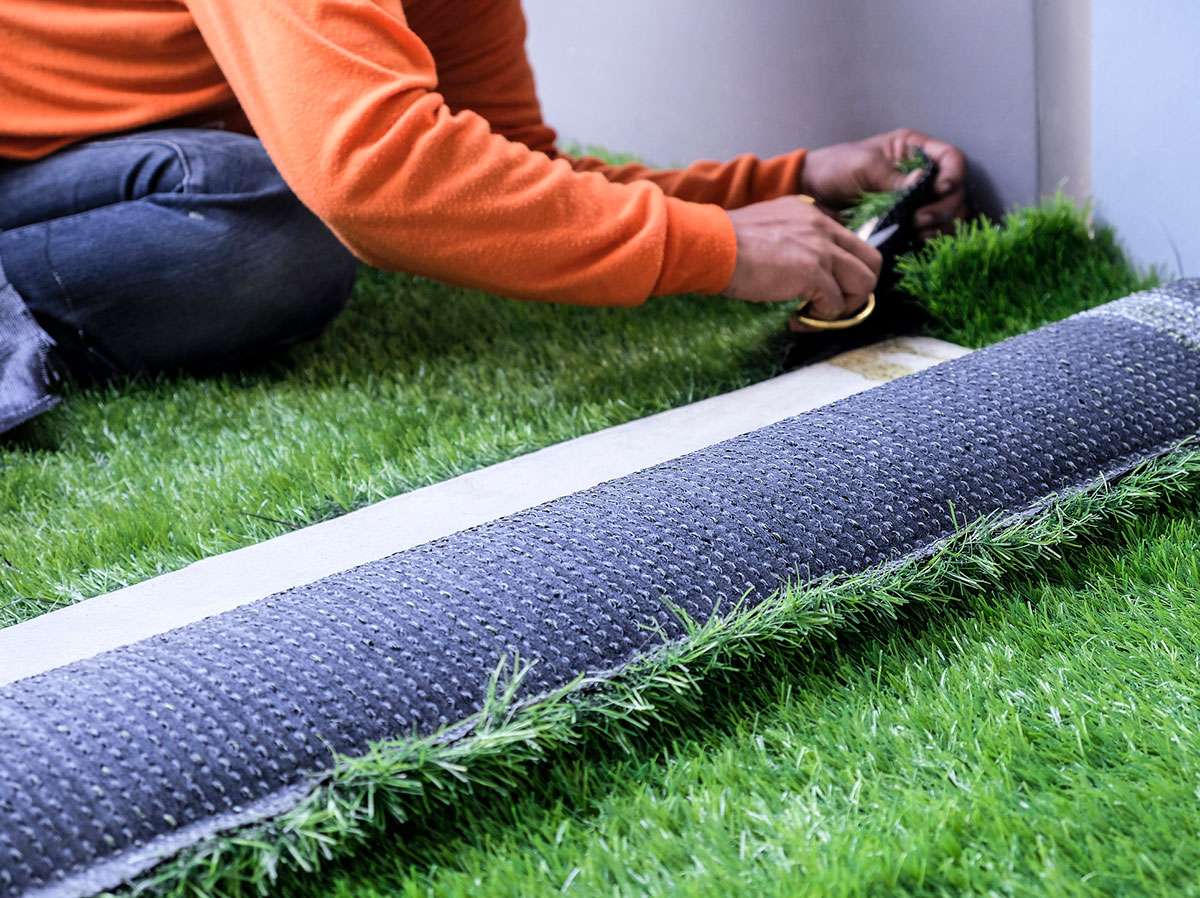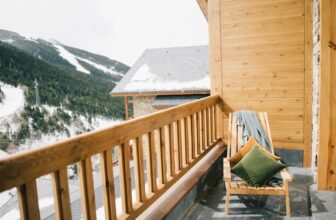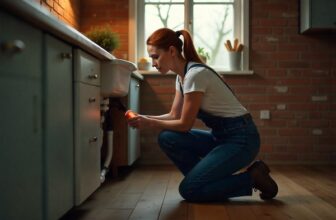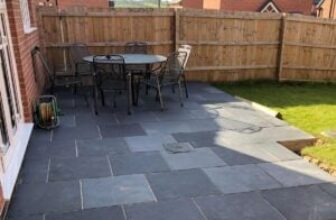
Artificial grass has become a popular alternative for homeowners looking to achieve the lush look of a green lawn without the extensive upkeep of natural grass. If you’re considering artificial turf, it’s essential to understand both the advantages and potential drawbacks. Here’s a comprehensive look to help you decide if artificial grass is the right fit for your home.
Table of Contents
- Benefits of Artificial Grass
- Drawbacks to Consider
- Ideal Applications for Artificial Grass
- Common Misconceptions About Artificial Grass
- Frequently Asked Questions
Benefits of Artificial Grass
Artificial grass offers several key benefits, making it a desirable choice for many homeowners. Here are some of the top advantages:
- Low Maintenance: Unlike natural grass, artificial turf doesn’t require mowing, fertilizing, or watering, which reduces both time and effort.
- Water Conservation: Installing artificial grass can significantly reduce water usage, making it an eco-friendly choice, especially in areas prone to drought.
- Durability and Longevity: High-quality artificial grass can last for years, withstanding heavy foot traffic, pets, and even harsh weather conditions without showing wear.
- Pest-Free Environment: Artificial grass doesn’t provide a suitable habitat for insects or pests, reducing the need for pesticides and other harmful chemicals.
- Lush Appearance All Year Round: The evergreen look of artificial grass provides a vibrant appearance throughout the seasons, unaffected by weather or temperature.
To explore high-quality options for artificial turf, you may want to visit Flooring World Jaipur, which specializes in durable and realistic artificial grass installations.
Drawbacks to Consider
While artificial grass has many positives, it’s also essential to weigh the potential downsides:
- Higher Initial Cost: The upfront installation cost of artificial grass is typically higher than natural turf. However, it’s essential to consider long-term savings on maintenance.
- Heat Retention: Artificial turf can become quite hot in direct sunlight, making it uncomfortable to walk on during peak summer months.
- Limited Environmental Benefits: Artificial grass doesn’t contribute to biodiversity or soil health. Natural lawns, in contrast, support various insects and microorganisms.
- Replacement and Disposal: Although artificial grass is long-lasting, it will eventually need replacing, and disposing of synthetic turf can have environmental impacts.
- Lack of Real Grass Feel: While modern artificial turf looks realistic, it doesn’t offer the same soft feel as natural grass.
If you’re interested in options that closely mimic the look and feel of real grass, check out Flooring World Jaipur’s artificial grass.
Ideal Applications for Artificial Grass
Artificial grass can be an ideal solution for certain spaces and scenarios. Here are some common applications:
- Residential Lawns and Backyards: Many homeowners choose artificial grass for a maintenance-free, green landscape all year long.
- Pet Areas: Artificial turf is great for pets as it’s durable, easy to clean, and resistant to digging.
- Playgrounds and Recreation Areas: Artificial grass provides a soft, safe surface for children and is durable enough to handle frequent use.
- Rooftop Gardens and Balconies: For urban areas, artificial grass is a popular choice for bringing a natural aesthetic to balconies and rooftop spaces.
- Indoor Applications: Artificial turf is also used indoors for decor purposes, gym flooring, or even as a unique flooring option in commercial spaces.
For specific product recommendations tailored to these areas, visit Flooring World Jaipur’s artificial grass collection.
Common Misconceptions About Artificial Grass
There are several misconceptions regarding artificial grass. Let’s clarify some of the most common ones:
- Misconception 1: Artificial Grass is Unsafe for Pets and Children: Modern artificial turf is designed to be safe for pets and children. It’s non-toxic and often includes drainage technology, making it easy to clean.
- Misconception 2: Artificial Grass Looks Fake: Advances in design have made artificial grass look more realistic than ever, closely mimicking natural grass’s texture and color.
- Misconception 3: Artificial Grass is Uncomfortable: While some may find it lacks the exact feel of natural grass, high-quality artificial turf is designed with softness in mind, offering a comfortable experience.
- Misconception 4: Artificial Grass Requires No Maintenance: While maintenance is minimal, artificial grass still benefits from occasional cleaning to remove debris, especially in pet areas.
Frequently Asked Questions
- Q: Does artificial grass drain water effectively?
A: Yes, most artificial turf is designed with drainage systems that prevent water from pooling, making it suitable even for areas with heavy rainfall. - Q: Can artificial grass be installed on concrete?
A: Absolutely. Artificial turf can be laid over concrete, providing an instant transformation for patios or hard surfaces. - Q: Is artificial grass eco-friendly?
A: While it reduces water usage, artificial grass doesn’t support local wildlife and may not biodegrade naturally. It’s a trade-off for the convenience and aesthetic benefits. - Q: How long does artificial grass last?
A: With proper care, high-quality artificial turf can last anywhere from 10 to 15 years.
For more details on artificial grass options, check out Flooring World Jaipur’s offerings.
Conclusion: Is Artificial Grass Right for You?
Choosing artificial grass depends on your specific needs and priorities. If you’re looking for a low-maintenance, evergreen lawn and don’t mind the initial investment, artificial turf could be an excellent option. However, if environmental impact and a natural feel are important to you, natural grass may still be preferable.
For more information on artificial grass, visit Flooring World Jaipur and explore options that suit your landscaping needs.







